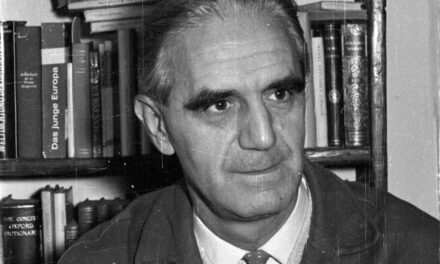The public procurement procedure was announced in XII. for the restoration and development works of the Jókai garden in the district. The purpose of the complex construction is to preserve the surviving historical memories, to create a modern natural science presentation place and event venue, and to create an eco-tourism destination. The invitation includes the complete renovation of the listed Steindl villa, as well as the extension of the villa with a new part of the building, the restoration of the former basement, ground floor and first floor, and the creation of a veranda and an event terrace. Pest Buda reported.
According to the Public Procurement Notice, the Jókai garden is also being developed. While preserving the historic area, the entrance gate and bicycle storage, as well as the internal roads, will be renovated. Bird feeders are installed, birdwatches are built and plants characteristic of the region are planted. A parking lot with bicycle storage will be created, the current gate and the barrack-like pavilion will be demolished.
The investment can be divided into three phases. The subject of the public procurement just announced is the first phase, which contains the essential parts of the investment. This includes the renovation of the Steindl villa and the structural design of the new part of the building.
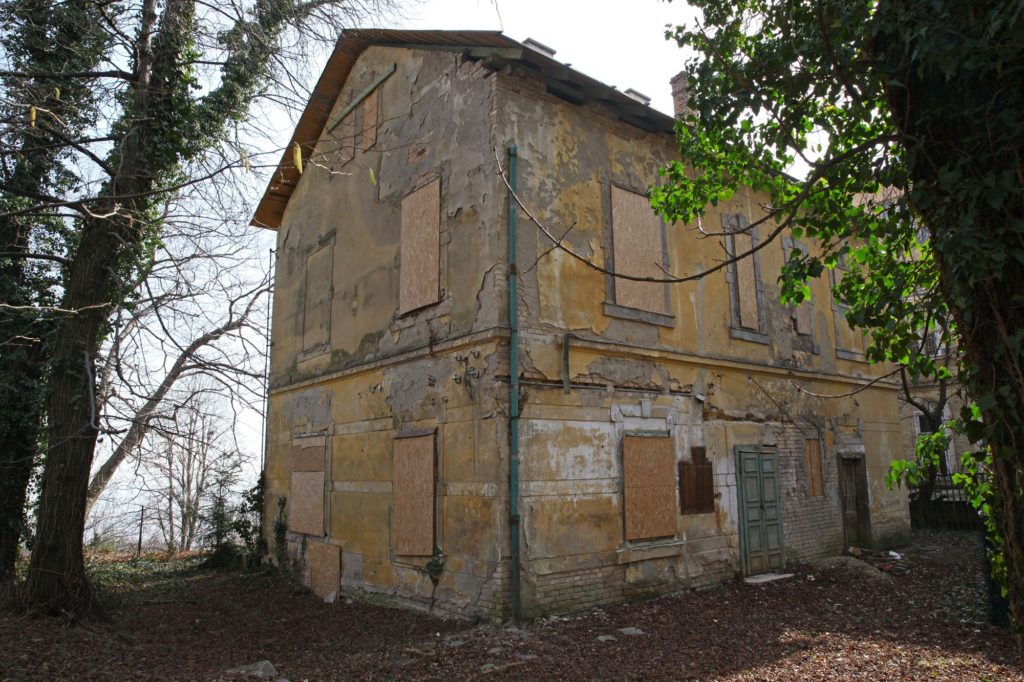
Károly Steindl built the villa in the 1830s Photo: hegyvidek.hu
During the second phase, the passage will be created, that is, the Steindl villa will be connected to the new part of the building. During the third phase, the offices and storage rooms on the upper floor of the reception area will be built, and landscaping works are expected in the Jókai Garden area.
In the halls of the Steindl villa, natural science exhibitions, employment and lecture halls are set up.
The Jókai Garden has been a protected nature reserve of national importance since 1975. Due to its outstanding cultural, historical and historical value, it is under monument protection as a historical garden. Therefore, according to the announcement, protected plants and other important nature conservation values will be fenced off before handing over the work area.
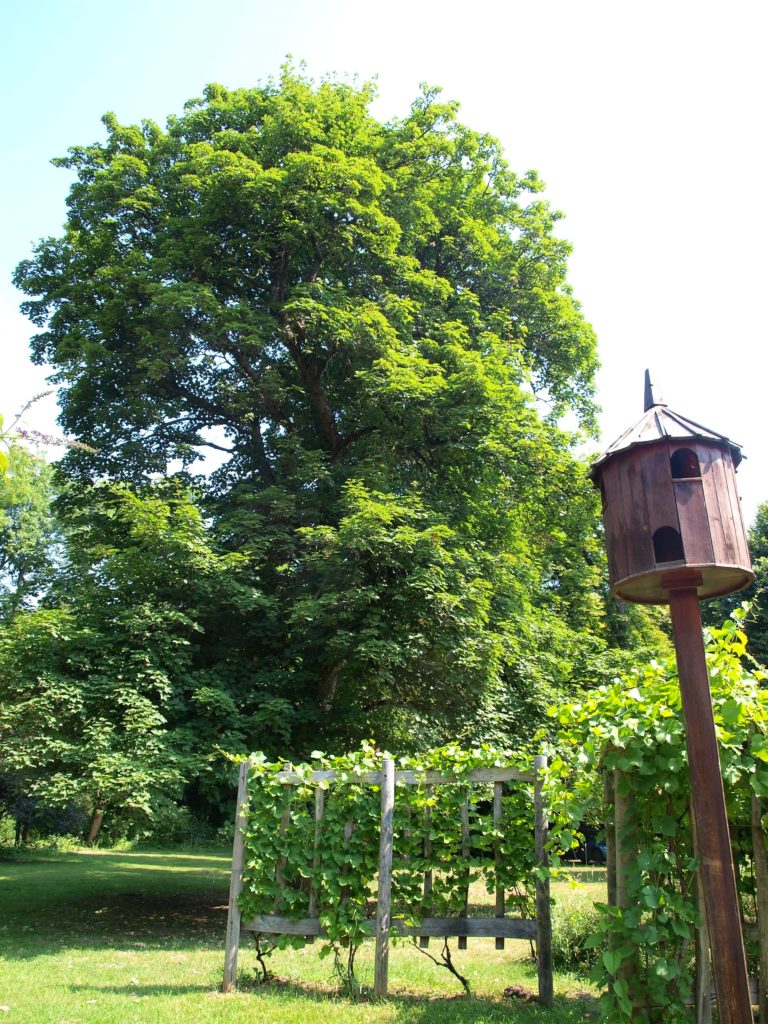
Mór Jókai bought the area in 1853, and he planted this mountain maple. Photo: Zsófia Viczián/pestbuda.hu
In 1853, Mór Jókai bought the estate, i.e. the "hepehupás plot, neglected mine" from the fee he received for a Hungarian Nabob - as Kálmán Mikszáth wrote in his report. In a few years, the writer created a flourishing garden farm on the site of the former quarry. He spent summers and harvests here, and the garden was also the venue for large hospitality events.
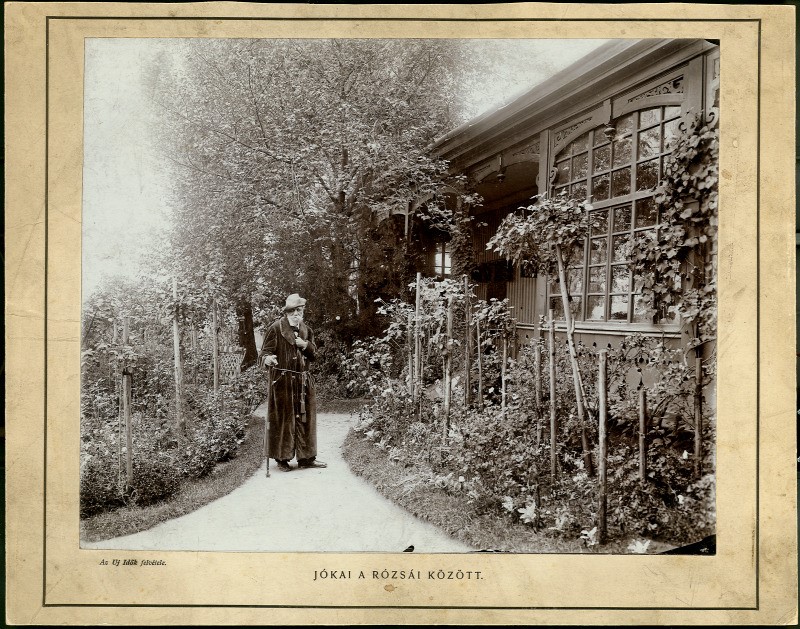
Mór Jókai's garden has been protected as a historic garden since 2009, and a protected natural area of national importance since 1975. Source: Petőfi Literary Museum
After his death, his second wife, Bella Nagy, took care of the estate and then sold it in 1922. Later, the area damaged in the war was nationalized. Of the park's buildings, only the press house remains, today it houses the Jókai Memorial Room of the Petőfi Literary Museum.
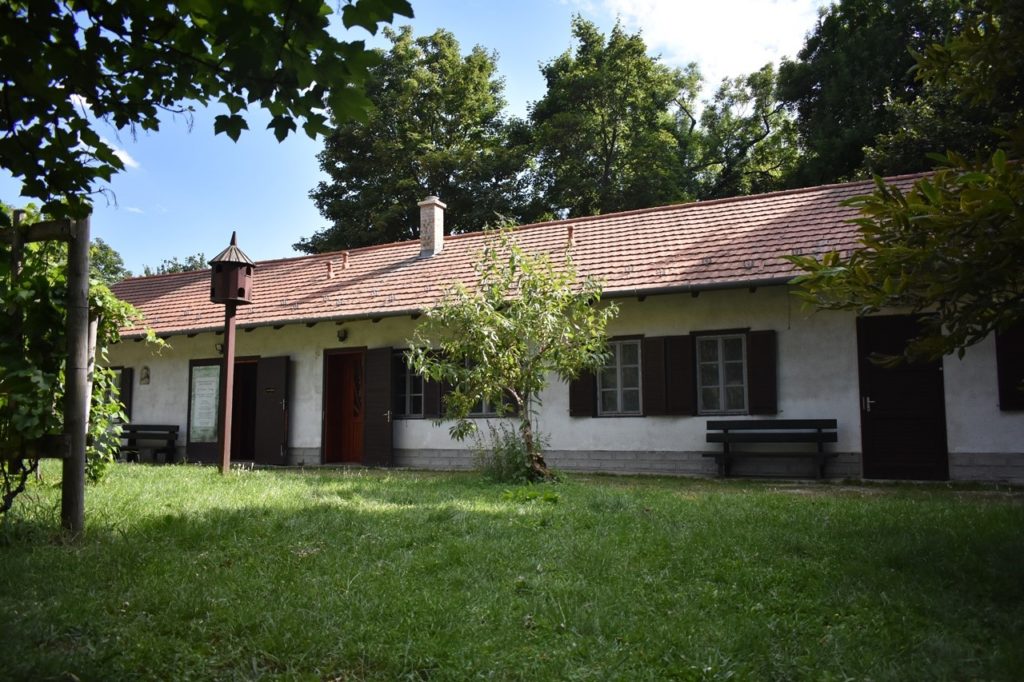
The Jókai Memorial Room of the Petőfi Literary Museum operates in the former press house of Mór Jókai Photo: pestbuda.hu
The development of the Jókai garden and the Steindl villa is being implemented within the framework of the Széchenyi 2020 program, with a non-refundable grant of HUF 900 million from the European Union and the government. The transformation is expected to be completed in the second half of 2022.
Source: Pest Buda
featured image: hegyvidek.hu





